TOGETHER
With you, we make a difference
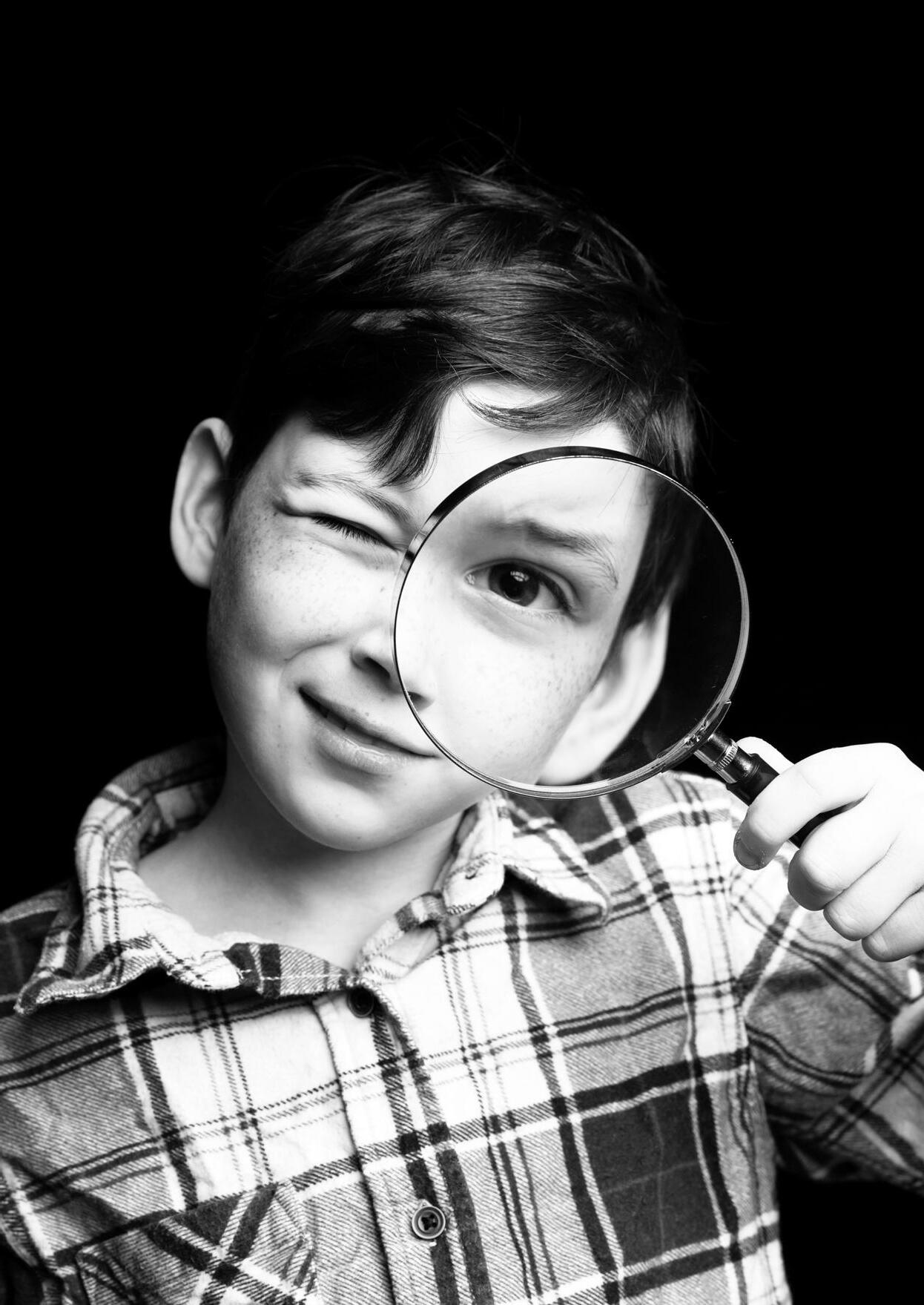
30 years of making a difference

As we turned 30 this year, it gave us a great opportunity to come together with this amazing community that we call Telethon Kids – our founders, families, staff and supporters.
We celebrated our achievements, recognised the children and families that inspire our work, and took a moment to envision what kind of society we can help shape over the next 30 years, knowing that research is central to driving that change.

Because birthdays are so much more than cake and candles.
They’re celebrations of our stories, the lives we lead, and how we’ve made an impact on the world around us.

We acknowledged our special milestone year with an equally special exhibition. Through portraits and prose, we told the stories of kids who represent each year of our Institute’s research. It would not only be a celebration of the work we do, but also the remarkable lives these children have led.
A group of eight-year-olds helped tell these stories by projecting them from the handlebars of BMXs, in a special television commercial and advertising campaign that raised awareness of the Institute and thanked the WA community for its ongoing support.
Later, we invited the kids’ families, plus a whole host of friends, to see the exhibition in person. It was a touching experience, and one we now share with you. Throughout this issue, you’ll find some of the stories; just a small snapshot of the abundance of work we’re doing and remain committed to pursuing.
Enjoy these kids’ beautiful portraits and take the time to read about their remarkable lives. They’ll change your life like they’ve changed ours. They are the reason we keep asking and answering the difficult questions; we want to help kids here, and around the world, be just that — kids.
 Professor Jonathan Carapetis AM Executive Director
Professor Jonathan Carapetis AM Executive Director

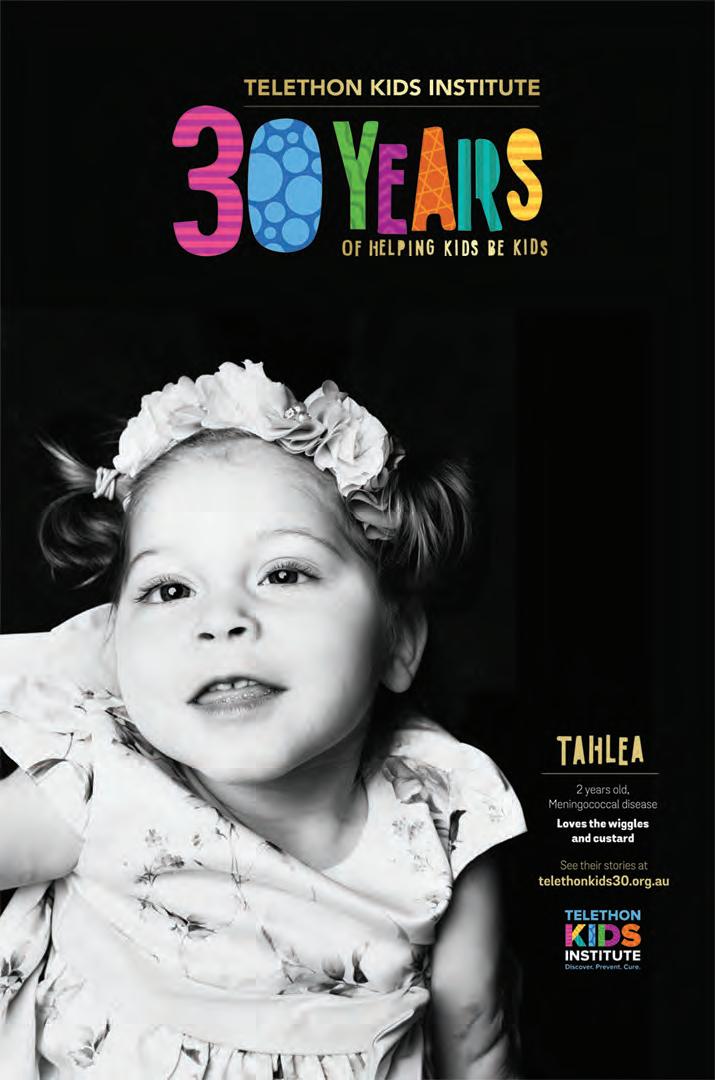
2
Below left: Ashton and Ari
Below right: One of the outdoor advertisements featuring Tahlea
Miles and Isla with their portrait
3
Still image from the television commercial
Science with soul
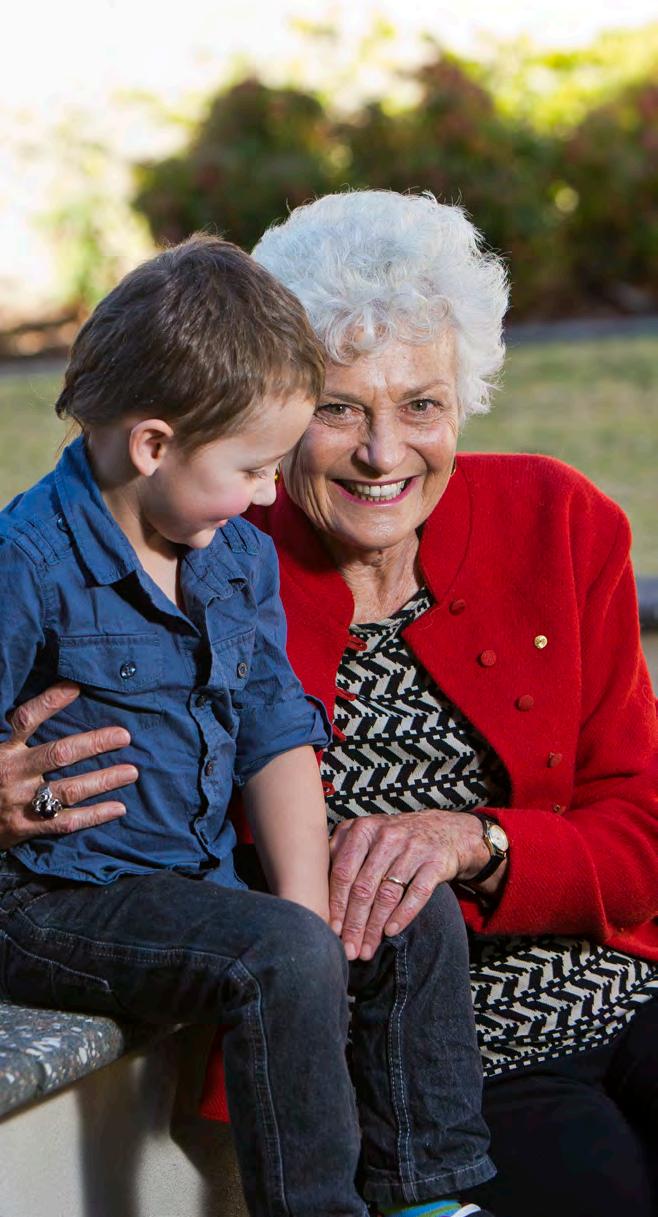
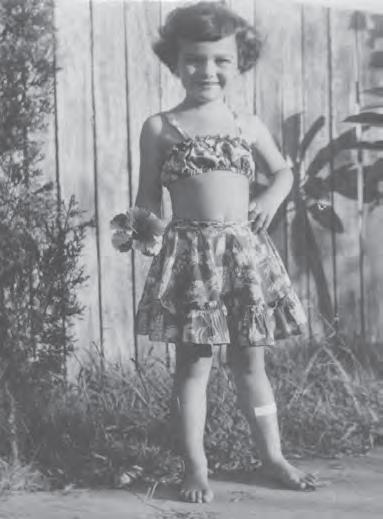
She’s a scientist who has amassed a wealth of experience, accolades and achievements. With her rigorous pursuit of data and medical research, she changed thousands of lives across generations of children. Her heart is stretched wide across Australia, with a particular soft spot reserved for Aboriginal communities; and she’s proven the humble slice of bread can still truly be the best thing.
And, of course, Professor Fiona Stanley is also Telethon Kids Institute’s Founding Director and Patron.
With an incredible career under her belt, Fiona’s attention has slowly been turning to some new experiences and favourite pastimes; mentoring the next generation of scientists and researchers, embracing her lifelong love of reading, swimming and bushwalking, and soaking up all the love from her extended family that only this young-at-heart grandmother can.
Here she reveals to you our reader, how she first fell in love with the scientific realm, her dreams for WA kids’ health, and her reflections on the Institute turning 30 years young.

From little things, big things grow
Fiona searches through her bookshelf and finds a rather old, well-worn book. Debossed into the barely-held-together brown clothbound cover is the title ‘Madame Curie by Her Daughter’. Her eyes light up.
“I read this book, between the ages of 11 and 14, about ten times. It was hugely influential on me,” she excitedly explains.
“That kind of almost romantic idea of Marie Curie and science being so dramatic and wonderful.”
The book was awarded to Fiona as a primary school prize. However, despite the fervency with which she read it, it wasn’t her only foray into a world full of test tubes, lab coats and the impact of science on the greater public.
Fiona watched wide-eyed, as her father, microbiologist Professor Neville Stanley, worked on a vaccine in his commitment to preventing polio in the 1940s and 1950s.
“That was my beginning. There was always this sense of science being exciting and making a difference in the world.”
As a kid, Fiona has said she would dream she would sail “out to all the undiscovered islands and inoculate the inhabitants in a whirlwind race to conquer disease and pestilence”.
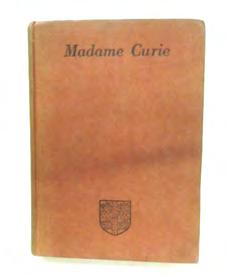

Now, sitting at her kitchen table, Fiona is reflecting on an esteemed career, 30 years of which were spent as founding director of Telethon Kids Institute.
“What’s rather gorgeous is to sit here and look back and say: ‘happy birthday to ourselves’.
“We had no idea that we would be so successful. And that’s such a source of pride and joy.
“I am very proud. I’m so very proud of all the stories and the people that have been in the Institute and the work that they’ve done.”
A woman takes on the world
While Fiona couldn’t have imagined the impact Telethon Kids has had on the local, national and international community and the lives of children around the world, she also mightn’t have imagined her career path itself.
She was once a woman studying medicine in a sea of men. And even though that didn’t faze her one iota, Fiona’s vision of her career was soon challenged. While clinical medicine could have very much been her ongoing reality, she found it agonising.
“I was very anguished about Aboriginal children who came into hospital so ill, and yet they’d come from environments that seemed to have caused the problems in the first place.

4 5
“To me that was not a logical way to do medicine. So that’s what drove me. The enormity of the problems.”
Fiona left Australia because of her despondency about Aboriginal health. As it turns out, this was to be the very move that cemented her future as a leading researcher in Aboriginal children’s health.
At one of the top institutes in the world — the London School of Hygiene and Topical Medicine — while undertaking a Master in Public Health, Fiona discovered epidemiology.
“All the lights turned on.
“I thought, ‘this is the way I’m going to practice medicine. I’m going to be a researcher in public health’,” she reminisces.
“And I’ve never looked back.”
A bold beginning
They say an organisation is so much more than its bricks and mortar. While no one recognises this more than Fiona, it is in fact her founding principles that are the very makings of that tenet itself.
“We share our problems and our vulnerability together. And that’s really more caring.”
Thirty years ago, Fiona can remember telling potential funders that the Institute would have a major impact on the health and wellbeing of children in society. The founders modelled the Institute on other successful ones nationally and
internationally and it was a dream to replicate that same success here, in Perth.
“There’s a flavour around the Institute that acknowledges that a society that is good for children, that grows children well, that values parents, that appreciates the 70,000 years of Aboriginal history, that cultural environments are important — that kind of approach has led to an Institute, that as Steve Zubrick (Head of Brain and Behaviour research, colleague and friend) says, produces ‘science with soul’.”
Something that seems to weave itself through every topic of conversation that Fiona enters into is her real embrace of community.
“My hope for the Institute is that we keep doing the very best science that is really relevant for children and young people, that we don’t shy away from the hard stuff, and that the science stays within a very strong community focus.
“To have that incredible relationship with the community has been really amazing for us.”
Regardless of whether she’s talking about the Western Australian public, the staff at Telethon Kids, or the countless volunteers, participants and givers that support the research — it is clear she values each and every one.
“The stories of people who have succeeded because the Institute was there, that’s an immense source of pride. All the people who have contributed — the state, the population, all the Telethons.
“It’s been a great journey.”



Not all heroes wear lab coats
In 1989, Professor Stanley and Professor Carol Bower’s research revealed the key role of dietary folate in reducing the number of babies born with neural tube defects. This ground-breaking research impacted future generations the world over. Because of the findings, bread is now fortified with folate.
You mightn’t think twice about spreading your morning toast with butter and jam. But that humble slice of bread has helped save generations of children from experiencing conditions like spina bifida.
And it’s people donating, fundraising and leaving gifts in their Will to Telethon Kids that really help make all the difference. Every single gift counts.
“Leaving a gift in your Will to the Institute is very special.
“What a gift in your Will to the Institute could mean is that you can actually impact a whole generation to improve,” says Fiona.
“Like with the folate [research], where you can actually eliminate a large number of really anguishing disabilities.”

When Fiona became patron of Telethon Kids, the Fiona Stanley Circle was founded as a way for people who share Fiona’s vision and values to support the Institute by leaving a gift in their Wills. She loved the idea of bringing together forward-thinking people who want the Institute to have a long and bright future.
“We offer them the opportunity to leave a gift in their Will to something that is a really exciting, innovative way to reduce the impact of disease and death. Kids being able to participate in society,” she explains.
To learn more about how you can be part of the Fiona Stanley Circle, and change kids’ lives for the better, please contact Erin Hurson, Development Manager via erin.hurson@telethonkids.org.au or 08 6319 1444 7
7
6
Community connectors
Telethon Kids Institute has dedicated 30 years to helping kids lead healthy and happy lives, with a long history of embedding Aboriginal research in all that we do — because the health of Aboriginal children is everyone’s business.

Our recently launched Commitment to Aboriginal Children and Families, 2020-2023 says: “We will not ignore, nor accept, the continued disparity in outcomes for Aboriginal kids compared with other Australian children.”
The Kimberley region, home to many of Western Australia’s Aboriginal communities, is a vast landscape that presents unique challenges, both in terms of disparities in health and when undertaking research. From the varying customs and traditions of its people, to the many thousands of kilometres required to travel between communities, the complexities of research are apparent.
Five years ago, Telethon Kids Kimberley, a satellite site based in Broome, launched for that very reason.
For John Jacky, Coordinator of the team, the bold goal over the last few years has been developing appropriate, respectful and culturally-responsive research that leads to better health policy, services and support, while engaging and responding to the needs of local Aboriginal children and families.
John helped launch the site and as a proud Bardi man from the Broome area, his passion for his people and ability to communicate and engage his mob is integral to the success of Aboriginal health.
“A lot of the members who are now the leaders, I personally know. I went to school with them or I know their parents,” he said.
It is imperative to John that Telethon Kids Kimberley is able to provide direct impact that is led and facilitated by the community itself.

“I want to see researchers work with us, where their role is to produce immediate impact in a way where they are recruiting local people, and they develop sustainable projects that turn into programs,” he explained.
“I am very proud to be a part of the work that is being conducted here, particularly the work that directly involves Aboriginal communities. I believe we are on the cusp of something great, something different. We have put community at the front of the research we do.”
Community research is the beginning of this new frontier. John is working in conjunction with researchers from Curtin University to look into the Vitamin D content in traditional bush tucker and the methods in which they are prepared, to see if they can tackle deficiency in the region.
Bardi man Slade Sibosado has recently joined the Kimberly team as a Community Engagement officer and is excited to be part of tangible, positive change in his community.
“I’m the connector between researchers and the community, to make sure everything’s done in a culturally secure way,” he said.
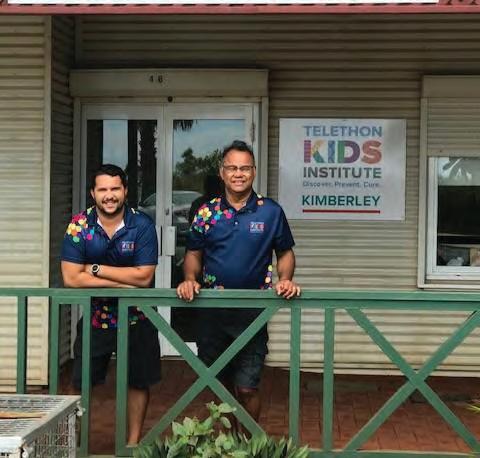
I want to be a role model. Hopefully, I can advocate for the health, well-being and research with my people.”
John added that their work is by no means one-sided: “[We’re] teaching them [Telethon researchers] how we go about business in Aboriginal ways, but also teaching our Aboriginal participants about how the western world does things too.”
John and Slade have a deep connection to their country and Slade is finding that John is the ideal mentor for his work.
Recently, the team moved into new offices in Broome, thanks to the generosity of our wider community of Telethon Kids Institute supporters.
“I do not know if the people realise what they have done for us; we now have autonomy over our own space, giving us the opportunity to excel and to do more amazing stuff. They make a difference,” John said gratefully.
Janine McNamara has also been instrumental to the Broome office, with her tireless efforts leading to a successful, operational Telethon Kids Kimberley and, as Slade puts it, has “kept us together as a team, she is our glue.”
Head of Kulunga Cheryl Bridge is excited for 2021 and the changes and opportunities ahead. The platform in the Kimberley has grown from strength to strength supporting current and new research projects as they expand the footprint in the region.
“As a Kidja woman born and raised in the East Kimberley I am very grateful for the chance to lead such a wonderful hard working team,” she said.
Marlee 9 years old
Rare disease, Rett Syndrome
Marlee was born a beautiful, healthy baby girl. She rolled over at six months, smiled early, babbled happily and her parents celebrated every one of these milestones with her. But at seven months of age something changed. Marlee started to lose the ability to do things she could previously do and at the age of two, was diagnosed with Rett syndrome – a rare disease that affects approximately 1 in 10,000 female births in Australia.
Marlee and her family met our Telethon Kids team of Rett syndrome researchers when she was first diagnosed, and they have been a lifeline on the journey ever since. This team of experts manage the only international Rett syndrome database in the world, right here from Perth. They are working with children like Marlee to learn more about the course of the disease, find the best possible treatments and ultimately, a genetic cure for Rett syndrome.
At 9, Marlee is a happy, cheeky and determined kid who has taught the world around her what it means to never give up. Just like other kids her age, Marlee loves music, horse riding, her blue heeler Dixie, and wants to go to Uni one day. Her other ambition is to be a mentor to younger children with Rett syndrome so she can show them what it means to live life to the fullest.
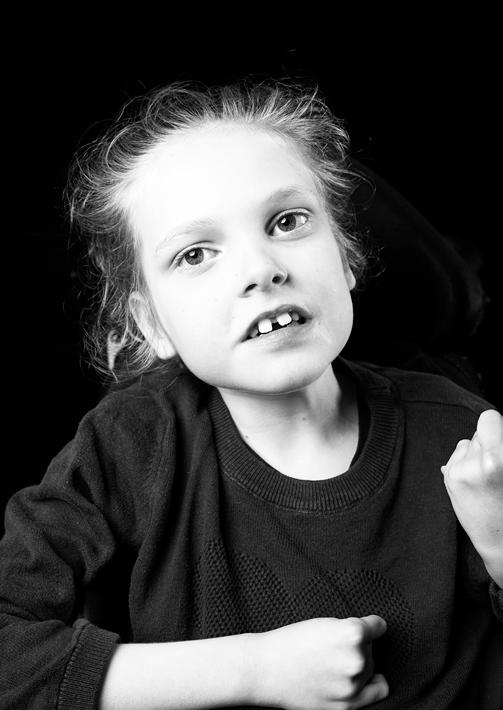
To download the Commitment to Aboriginal Children and Families, and to learn how to support our research, head to telethonkids.org.au/aboriginalcommitment 8
Slade Sibosado and John Jacky
The legacy of a life

The death of a child before birth or in early life is such a heart-breaking tragedy for families. What is meant to be an exciting time in their lives, full of promise and new life, becomes a devastating reality. Along with their personal grief, families are also coming to terms with the medical reasons for their loss.
This is why it’s an amazing act of generosity when hurting families volunteer to support scientists looking for answers — whether it’s through their participation in the research or by giving gifts to help make it happen. Not only do they help with the research, but they also help create a dialogue in the community to create awareness of the issues.
More than that, these families honour their children who have died and create a legacy for the life they lived.
Jan and David Lord were devastated when their granddaughter Imogen passed away in 2010. Their daughter Jen acquired an E coli infection in the 26th week of her pregnancy. It rapidly progressed into septicaemia, and as Jen was facing a life-threatening situation, her obstetrician delivered baby Imogen by emergency caesarean.
While Jen gradually recovered, Imogen sadly died a few hours following her birth.
Around half of all newborn deaths from infection happen in the first week of life, with about 75% of those deaths caused by sepsis. Every 16
seconds, there is a stillbirth in the world, and in Australia, there are six stillbirths every day.
Senior Research Fellow Dr Carrington Shepherd, from Telethon Kids Institute is passionately leading the Child Mortality Research program, which features the use of unique population data to investigate ways of reducing preventable and unexplained deaths in the early life course.
He says not much has changed in Australia in the last 20 years: “Many stillbirths are preventable — some of the latest estimates in Australia report [this could be] 30%.”
And this is simply too many Australian children.
Carrington is the 2020 recipient of the Imogen Miranda Suleski Fellowship, an annual award for early-career post-doctoral researchers at Telethon Kids Institute. It was created by Jan and David Lord in 2014 to support vital research in an area that has personally touched their family.
“I was flabbergasted when I heard of the extent of stillbirths around the world; I would not have dreamt the figures would be as high as they are,” explained Jan.
“It was then that David and I wondered what we could do to help other families avoid the profound distress we’d all experienced.
“We decided to fund research into the potential health problems of pregnant women and their newborn babies … to know more about prevention, early diagnosis and treatment is a very worthwhile objective,” she said.
Under Carrington’s leadership, the program’s work is expanding. A series of comprehensive advanced population studies will be conducted that can provide greater insights into the specific pathways to death in the early stages of life. The project’s scope will also expand to look at the neglected and critically important issue of stillbirth.
“I can’t overstate the importance of this funding for our research. It has enabled us to do some critical new pilot study work in the area of stillbirth risk awareness – and this has already positioned us to undertake a larger-scale study as a forerunner to the development of public awareness campaigns for stillbirth prevention,” Carrington said.
David noted: “We were really convinced that the Institute is doing something very worthwhile in terms of their outstanding contributions to the health and wellbeing of children — and looking back, it has been absolutely worthwhile to do.”
“Every time we come here, it makes me feel like we are a part of the Telethon Kids family. I really, really mean that,” Jan added.
“We always feel welcome.”
Because of the important and generous support from the Lords, their late granddaughter Imogen is still having an impact on the world of research to this very day.
“It is achieving really positive and impactful outcomes,” David said.
“At the end of the day, outcomes are what all this is aimed at. In fact, it is one of the philosophies of the organisation.
“We have also built relationships here and felt the institutional family of the organisation.”
David and Jan aren’t alone. Many people begin supporting the Institute because of the death, illness or disability of a child in their family. However, it’s the sense of family, relationships and passion for excellence that the Institute is built on that inspires these families to continue their support.
Institute Director Professor Jonathan Carapetis said: “It continues to amaze me that at a time of such distress they choose to give hope to others. We extend our sincerest thanks for their support, which not only helps our researchers, but supports the health and development of children and families here in WA and beyond.”
Gifts are vital to the work we do at Telethon Kids. If you’d like to find out more about how you can support research at the Institute, please contact Laurie Ball at laurie.ball@telethonkids.org.au or call 08 6319 1072

Ditza 29 years old Raine Study participant
Research pretty much runs in the veins of 29-year-old Ditza Teng. Signed up to the Raine Study – one of the world’s biggest ongoing studies of pregnancy, childhood, adolescence and adulthood – before she was even born, she’s been contributing to our understanding of family and children’s health her whole life. And it’s not just Ditza. For the Tengs, it’s been a multi-generational gift. Her mum is part of Raine. Ditza is part of Raine. And now Ditza’s son Jeremiah looks set to join the next generation of Raine Study kids. As if that’s not enough giving, Ditza has found yet another way to contribute to medicine: as a medical doctor – a career choice she attributes in part to her lifelong involvement in research.
At the Telethon Kids Institute, working with – and for – families like Ditza’s is built into our DNA. Without community participation, we simply couldn’t do what we do. We want kids and families to feel a part of our research which is, after all, all about them. That’s why we build community involvement into every layer of our work – to remind us of the vision which has driven us for 30 years now: helping kids to be kids.
10
11
David and Jan Lord with their granddaughter Lulu and Carrington Shepherd
Shout outs!
Recognising our amazing community and researchers
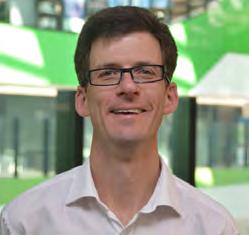
The Australian Museum Eureka Prizes are dubbed the ‘Oscars of Science’, which makes Associate Professor Asha Bowen’s recent win much cause for celebration.
She was recently named the Emerging Leader in Science for her outstanding leadership qualities and patient care expertise when driving new skin health research. Asha is a passionate researcher committed to reducing the heavy burden of skin sores for Aboriginal children in Australia.

Congratulations also goes to Chris Blyth, Team Leader for the Australian Paediatric Influenza Immunisation Research Group. He was named finalist in the Infectious Diseases Research Category.
Family FUNdraising
Telethon Family Festival
Around 80 Institute researchers and staff joined kids and their parents at the recent Telethon Family Festival at Optus Stadium. Coinciding with the Telethon weekend, the event was an important outreach for Telethon Kids to the community — building awareness, raising funds, creating some fun and games for all and inspiring future generations of researchers and scientists. The Telethon Kids tent saw kids extracting DNA from strawberries, building a lung, mixing slime and conducting experiments, all in the name of science.
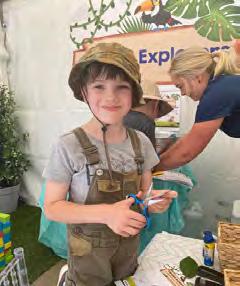


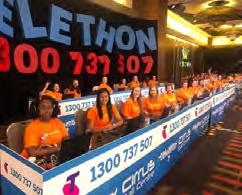
Gaming is truly child’s play

Who knew gaming could not only be so enjoyable but truly life-giving? The Perth Jawas, our very own local Star Wars tabletop gaming group, recently put their passion to purpose. They joined with USA-based Twin Suns Charities for a virtual worldwide gaming tournament raising money for children’s cancer.
Thanks to the Jawas and the other gamers, the Telethon Kids Cancer Centre was the #2 worldwide beneficiary, which received $14,123.
Fundraising Fitness
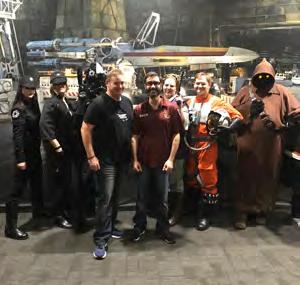
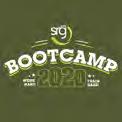
It seems that staff who sweat together change lives together. That’s the story of SRG, whose staff trained together for an entire month in August in their annual bootcamp with a difference. Joined by four Telethon Kids researchers, the staff raised their heartbeats while raising money for the Institute. A total of $12,520 in donations was collected and the team are pumped to beat their PBs all over again next year.
A Close Shave, a Big Thank You
Her granddaughter’s serious illness from infection and subsequent recovery made Praveena Mittal abundantly aware of the importance of lifesaving research that makes it easier to diagnose and treat patients. As a sign of her gratitude, the Lathlain Primary School teacher shaved her head at the all-school assembly, raising the roof in celebration and $5,000 in the process. “This fundraiser is a way to thank the medical researchers at Telethon Kids, so they can keep doing their amazing work,” she said.

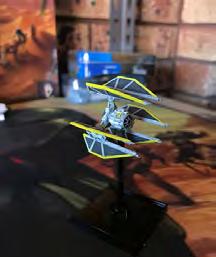


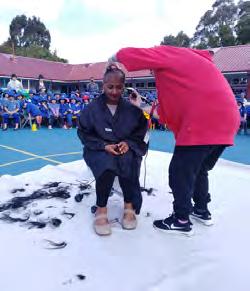
We recently celebrated with Dr Chris Brennan-Jones when he was honoured and awarded at two prestigious events for his work with Djaalinj Waakinj Ear Portal. This award-winning telehealth program means kids with middle ear disease have a dramatic cut in treatment waiting time from two years to just 10 days. And it's being met with resounding accolades.
Dr Brennan-Jones was named Woodside Early Career Scientist of the Year at the 2020 Premier's Science Awards and received the Woodside STEM Award for Excellence in Science at the prestigious 40Under40 Awards.

Mental health Matters
Concerned about the anxiety that the COVID-19 pandemic has triggered in a lot of children “who are not used to being scared and feeling like this”, this 11-year-old fundraising champion raised $2,530 online after calling for donations to youth mental health research. Saxon’s whole family have now joined CONNECT to continue their passionate involvement.
Read the next story to find out more about CONNECT.
If you’d like to create your own fundraiser, visit telethonkids.org.au/fundraise or have a chat with Katie via katie.burrage@telethonkids.org.au or 6319 1171


12 13
Eureka!
Let’s hear it for Dr Chris Brennan-Jones
Saxon Marrell proves one person who cares can make a difference.
The call for community
How connecting with medical research can make a real difference
Anyone who calls Angus a mate should count themselves lucky – this kid is cool. Humble, kind, comfortable in his own skin and with ridiculously good taste in music, Angus leaves a lasting impression with every conversation. Angus is also a cancer survivor.
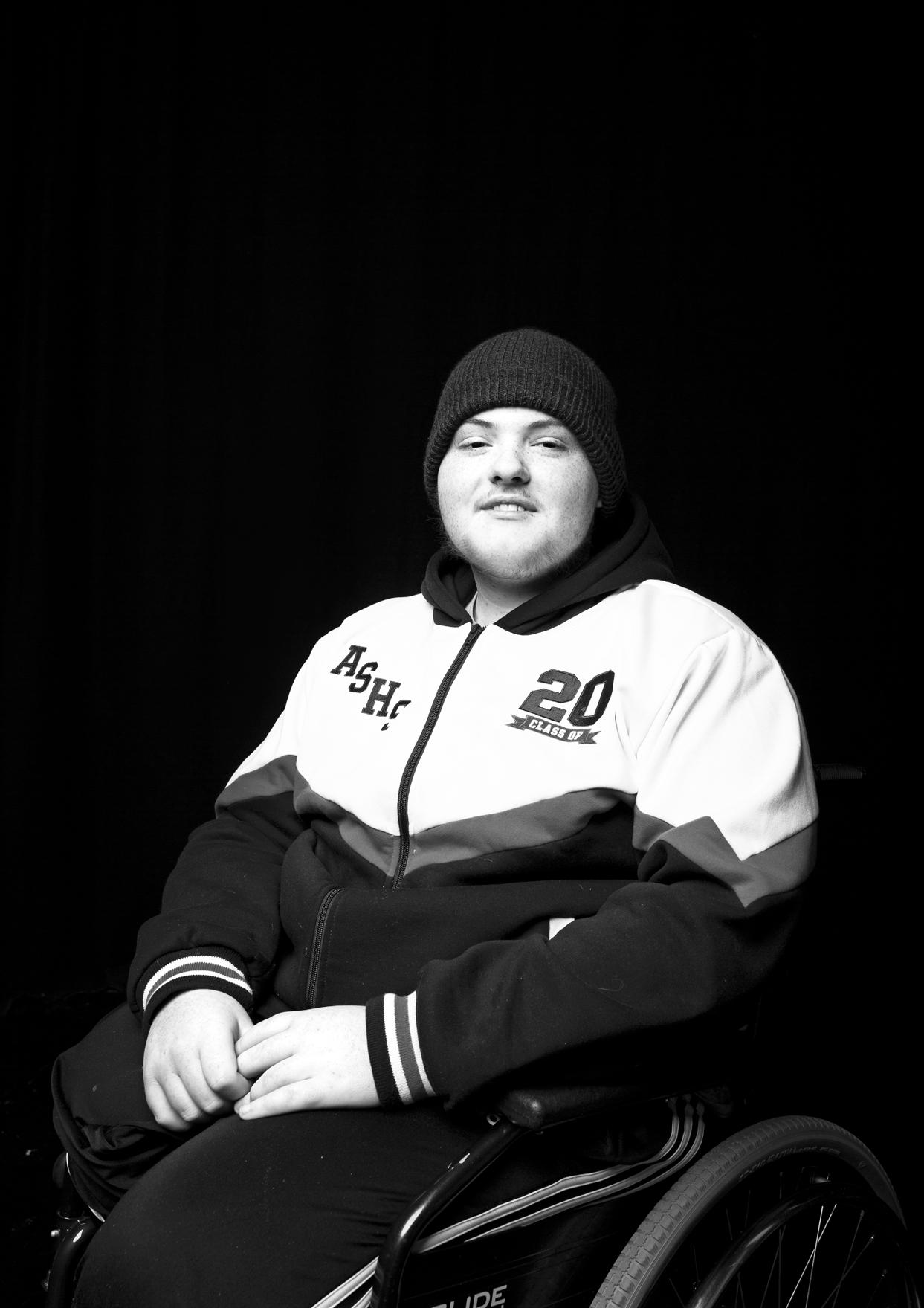
He has survived cancer not once, but twice. At the age of 11, he was diagnosed with Ewing Sarcoma, an aggressive cancer of the bone and tissue that mostly affects children. He had no symptoms, no pain, just a lump on his leg.
After 10 months of intense chemotherapy and countless surgeries, Angus was declared in remission but his battle with the harsh side effects of the treatment continued. Then in 2019, after five years of being ‘cancer-free’ Angus was diagnosed with Leukaemia, had his leg amputated and went on to battle that cancer too.
For any child, fighting cancer once is awful. But, to fight it twice because the drugs that helped with the first round come at a cost, is truly awful.
This is why Angus’s mum Tracy doesn’t just champion her son’s courageous journey, she also fervently champions the Sarcoma cancer researchers at Telethon Kids who are dedicated to helping kids like her son.
Right now, the researchers have developed drugs that are undergoing real life clinical trials, that may enhance the effectiveness of radiation treatment in children with Medulloblastoma – research that Tracy has been supporting for years.
Telethon Kids brought together a Sarcoma team led by Dr Joost Lesterhuis, whose research could result in better treatments for kids like Angus that don’t result in secondary Leukaemia.
“We have been so lucky to share Angus’s experience to support the researchers at Telethon Kids Institute,” she says.
“Without this amazing research our kids wouldn’t have access to treatments that save lives. We will not rest until there are better treatments for our children.”
The research Dr Lesterhuis is undertaking is incredibly important. His team are investigating how to make Sarcoma sensitive to immunotherapy and seeing whether giving a local treatment during surgery can activate and attract immune cells, essentially ‘mopping up’ any remaining Sarcoma cells. The hope is that this will prevent the cancer from returning and mean children with solid tumours like Angus initially had will not need as high a dose of chemo – and hopefully they will be saved from secondary Leukaemia as a result.
Equally, the support Tracy gives to the Institute via her involvement in research is incredibly important. After seeing the call for community members to inform research and provide input and perspective about what was important,
Tracy felt she wanted to be involved. Tracy had already been involved in the Cancer Centre Community Reference Group, providing a community voice to the work of the Telethon Kids Cancer Centre. CONNECT was a way for Tracy to further her engagement.
Becoming a CONNECT member is an open invitation to the Telethon Kids community. It facilitates a community voice in our research, whether that be through taking part in research groups or research itself, raising funds, or volunteering. CONNECT has been created to acknowledge, thank and reward our community members for the contributions they make to our research.
Members of CONNECT bring their lived experience, views, ideas and passion to support Telethon Kids in achieving its vision of happy, healthy kids.
Above all, it’s our way of celebrating and thanking these people for all that they do to support our work.
When it comes to informing research, Tracy is incredibly supportive. She often meets with Dr Lesterhuis and the team to give direct feedback to questions about their research.
“It’s actually super easy — they come and ask questions to make sure the direction they think they want to go in is also what’s expected from the community,” she said.
“You become really aware of how incredible the researchers are and the type of work they are doing, it just blows your mind.
“In the time I’ve been involved, in that short space of a couple of years, [we’ve gone] into clinical trial and it’s actually being used on kids. And given that the latest chemotherapies these kids are having are 30-years-old — it’s about time they had some new treatments.”
CONNECT is a community club for people currently engaged with the Institute, whether that’s your involvement in a research program or project, participation in research, fundraising or volunteering. Please contact Belinda Frank, Community Involvement Coordinator on 08 6319 1076 or via engagement@telethonkids.org.au — she would love to chat with you.
15
TELETHON KIDS TELETHON KIDS THE COMMUNITY VOICE IN RESEARCH
14
What’s in a name?
For thousands of WA children living with undiagnosed diseases, it’s hope.
Charlotte brings her family so much joy. According to mum Laura, Charlotte nourishes her soul: “I feel the love; it just exudes from her,” she says.
“She is just so grateful to be here. And it’s that, that keeps me going.”
And while Laura has an abundance of love for her beautiful daughter, she also has so many unanswered questions.
Charlotte’s life with an undiagnosed disease is full of daily pain and sickness. Desperate for answers, her family is left with very few. “People say ‘what’s wrong her’ and I have actually nothing to say when people ask the question. The doctors kind of scratch their heads and say this shouldn’t be happening,” Laura says.
Having already been through 60 surgeries and countless test and procedures, there is no concept of what treatments might be most effective, or sadly, how long Charlotte will be with her family. Each day with Charlotte is a gift.
Big brother Josh isn’t just a sibling for Charlotte, he’s a champion for her. He invests so much of
himself into looking after his sister, and helping keep the family going — including mum. Together, the family want to make sure that Charlotte’s life is filled to the brim with love and experiences, to give her the best kind of life they can.
Imagine Optus Stadium full of children. That’s approximately the number living with a rare disease in Western Australia alone. And more than 70% of those 63,000 children remain undiagnosed, like Charlotte.
Now, imagine the kind of hope a diagnosis can bring. A powerful breakthrough that can connect these children with critical therapies or even, one day, a cure.
Laura is hopeful: “To have the diagnosis, is to have that answer. The riddle that is Charlotte, solved.”
Research can do this. The genomics revolution means we can now detect tiny variations in DNA, which is uniquely different in every individual, and which may be the cause of symptoms, and then work towards finding treatments that cater to the condition. This is a

whole new frontier of science – and at Telethon Kids, we are at the leading edge.
We are now in a position to help solve some of the most challenging medical mysteries.
Telethon Kids is bringing together specialised teams of clinical geneticists, mathematicians, computer and laboratory scientists collaborating to find an answer for each child.

Tenaya 9 years old Rheumatic heart disease
Tenaya dreams of playing for the Eagles and with her courage, passion, and determination, one day, she probably will. At the age of 5, Tenaya became unwell. Before her mum Katrina could comprehend what was happening, Tenaya was on oxygen and being flown down to Perth to undergo life-saving open-heart surgery not once, but twice. Tenaya has rheumatic heart disease – a life-threatening disease that affects over 5,000 Aboriginal and Torres Strait Islander people in Australia.
We invited Josh to visit Telethon Kids labs and meet some of our researchers, including Dr Timo Lassmann, Program Head of Genetics and Rare Diseases, who is working on unlocking answers for kids like Charlotte.
“The machinery was very impressive, it was high-tech, cutting-edge and just unbelievable. And not many people would know this stuff exists. It was actually a privilege to be here,” he said during his visit.
Laura has seen firsthand some of the work in action:
“I’ve seen what research has done for Charlotte. She went from complete immobility to being able to walk … sometimes even trying to run,” she explains.
“I’m exceptionally hopeful. This research may be able to give us closure, answers, prognosis, ideas about what our future might look like.”
Every child deserves to lead a healthy, happy life. Every child deserves to know the ‘why’ in their story. It’s our mission to give them those answers.
We recently had the privilege of meeting this beautiful family. They had generously shared their story with us for the Telethon Ball, where $1.3m was raised to fund our rare and undiagnosed diseases team to help find answers for kids like Charlotte. If you too would like to support this team, please go to telethonkids.org.au or contact Erin Hurson on 6319 1444.
There is no cure for RHD but it can be eliminated. At the Telethon Kids Institute, we’ve been working on a plan to do just that. Together with communities, we will end RHD in Australia by 2031, so that unlike Tenaya, kids in the future won’t carry the scars of this preventable disease.
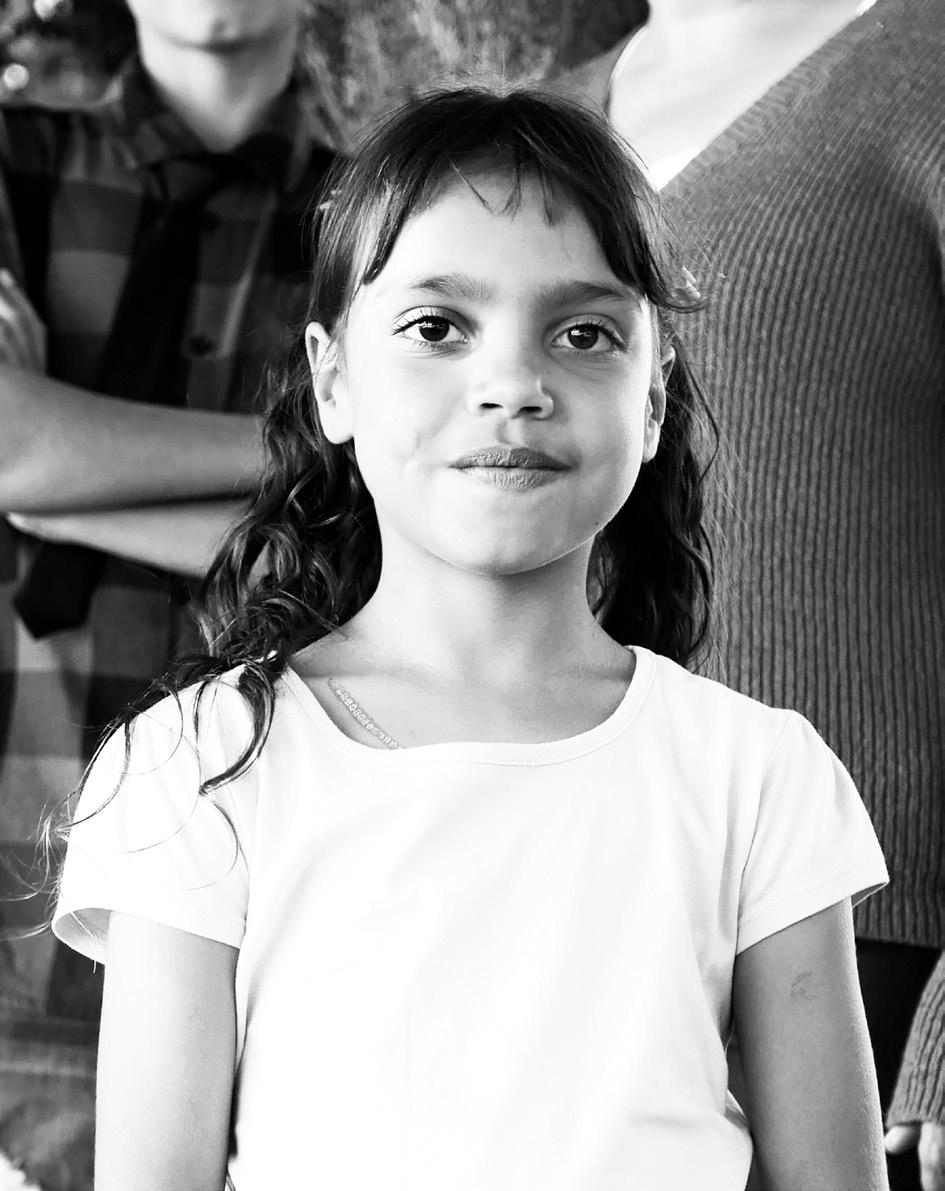
16
17
Laura, Charlotte and Josh
Josh meets researchers Dr Vanessa Fear, Professor Timo Lassmann and Saraya Harrison
DONATE THE CASH THAT’S IN YOUR CONTAINERS TO TELETHON KIDS INSTITUTE
Just use our scheme ID number C10336418 when you return your containers. We’ll get 10 cents for each one. With your help, we can make a change. Visit containersforchange.com.au to find out more.

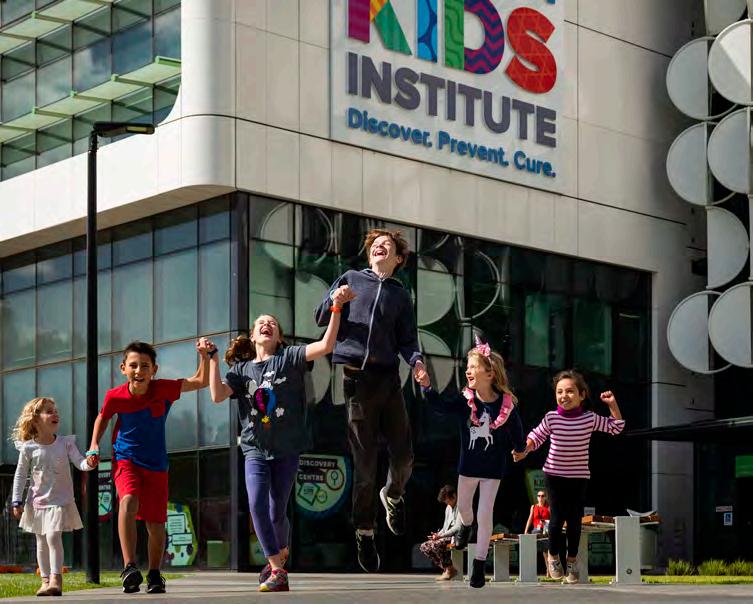
HOW TO DONATE


Donate by phone 08 6319 1444
Please celebrate Telethon Kids' 30th birthday by donating today
For 30 years, Telethon Kids Institute’s world class research has made a difference to the lives of thousands of children, every day right here in WA.
Please help us keep searching for better therapies that give children back their childhood and reduce the devastating impact of childhood cancer, poor mental health, infectious diseases, autism, rare diseases, respiratory conditions and much more.
Your support is deeply appreciated, now more than ever.
Kim
32 years old
Neural tube defect
At 32 years of age, Kim Robins talks a lot about how he hopes to make an impact on the world – as if it’s something he hasn’t already achieved in his remarkable life to date. A wheelchair basketball champ who was gearing up for the Tokyo Paralympics before COVID-19 got in the way, nearly three decades ago he set in motion a world-first public health campaign that has since saved thousands of lives and prevented disabilities in too many children to count. One wild, wintry day in 1992, Kim had his photo taken in a cabbage patch with national living treasure Professor Fiona Stanley – part of a bid to highlight the power of folate to prevent neural tube defects like the one with which Kim was born. Our researchers at Telethon Kids Institute were part of this landmark discovery. This campaign, and their efforts to see bread fortified with folate, are hailed as one of the top 10 public health achievements of the past 20 years.
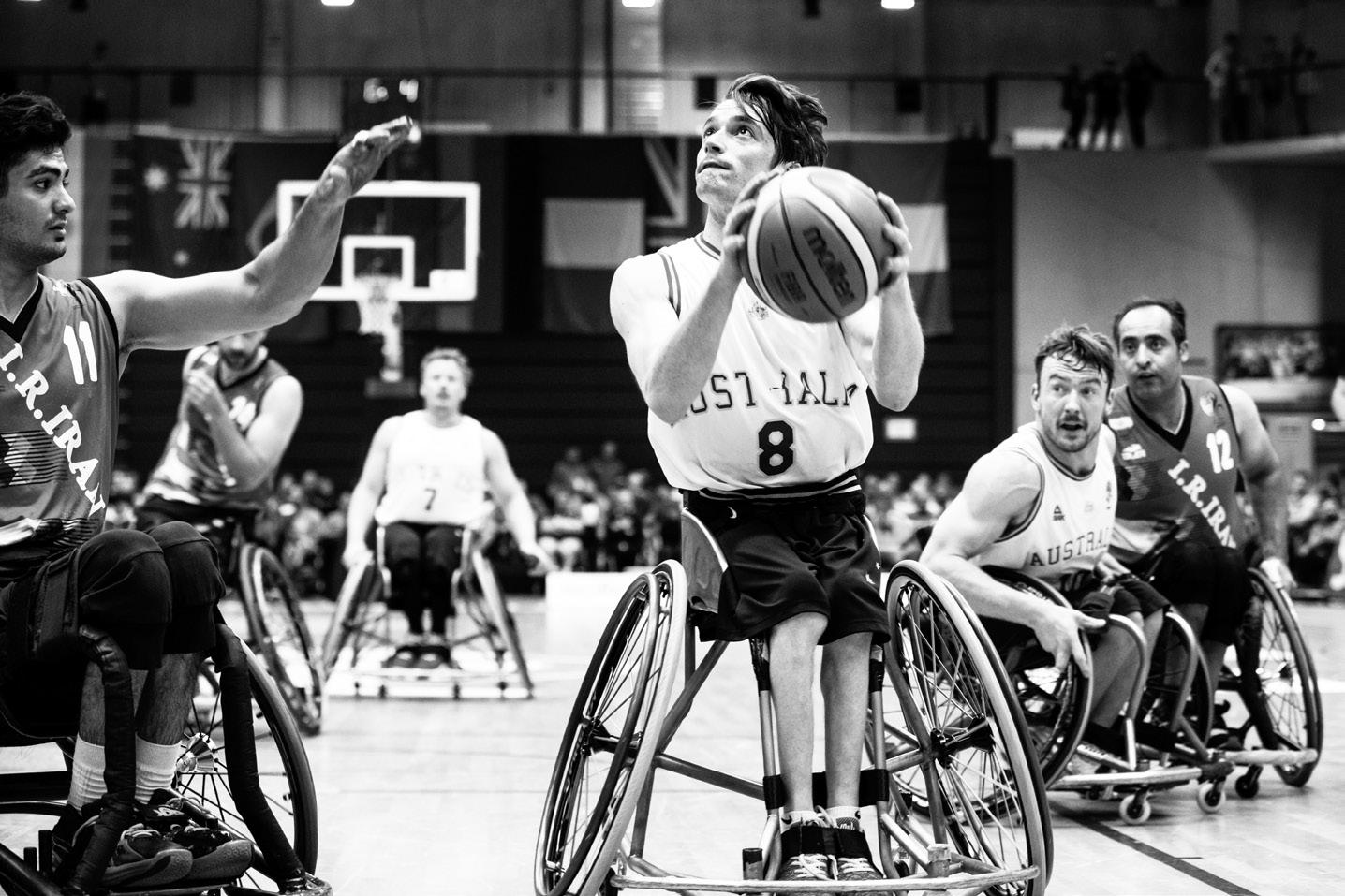
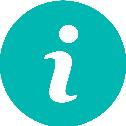
Donate by post to: Telethon Kids Institute, PO Box 855, West Perth WA 6872

Kim is now a dad himself to a beautiful boy whose mum took folate throughout her pregnancy, thanks to a long-ago campaign which, in its own way, changed the world. It’s because of kids like Kim – and his little bloke, Owen – that Telethon Kids Institute researchers continue to study and find new ways to prevent birth anomalies. So that every kid has the opportunity to just be a kid.
Yes! I want to celebrate 30 years of Telethon Kids with a donation. PERSONAL DETAILS Name ..................................................................................................................................................................................................... Address.................................................................................................................................................................................................. Email .......................................................................................................................... Phone................................................................ I/We would like to be acknowledged as: I prefer to remain anonymous PAYMENT DETAILS I wish to make a one-time OR monthly donation In the amount of: $30 $130 $300 $3,000 My choice $............................................ I wish for my donation to go: Wherever is most needed A specific research area: ................................................................................................... Please find enclosed my cheque made payable to: Telethon Kids Institute Please debit my (please tick): Mastercard Visa AMEX Cardholder name .............................................................................................. Signature ............................................................. Credit Card number .....................................................................................................Expiry date..........................CVV............... I’ve already included Telethon Kids in my Will and I’d like to join the Fiona Stanley Circle I’d like to learn more about making a gift in my Will to Telethon Kids TOG-2-20 Donate online telethonkids.org.au/donate All donations more than $2 are tax deductible. If you would like to arrange a bank transfer for your gift, we’d love to help you. Please call us or email donate@telethonkids.org.au
We value and respect your privacy. To see our Privacy Policy please visit telethonkids.org.au/privacy-policy. To modify your contact preferences, please contact 08 6319 1333.
Ashlyn & Kayleigh 13 & 11 years old Type 1 Diabetes
When normally energetic and sporty Ashlyn struggled to stay awake, Dad Ryan suspected a virus but nothing a good night’s sleep wouldn’t fix. By morning, things had taken a turn for the worse. Ashlyn had started vomiting and was barely conscious. He rushed her to hospital where she spent the next three days in intensive care, her blood glucose levels dangerously high.
Ashlyn was diagnosed with type 1 diabetes — a 24/7 lifelong disease triggered by the immune system attacking the insulin-producing cells of the pancreas. In an unbelievable twist, barely three weeks after Ashlyn’s diagnosis, younger sister Kayleigh, a promising ballet dancer, was also diagnosed with diabetes. For the sisters, keeping up with competitive race walking, running and dancing has been vital to managing their disease, which affects another 160 children in WA each year.
While a cure remains the ambition, Telethon Kids researchers are working to improve the lives of young people living with this chronic disease so that they can grow up to become healthy adults — and Olympic athletes and ballerinas.

Northern Entrance, Perth Children’s Hospital, 15 Hospital Avenue, Nedlands WA 6009 PO Box 855, West Perth Western Australia 6872
T | 08 6319 1000
E | contact@telethonkids.org.au
W | telethonkids.org.au
PRINCIPAL PARTNER




 Professor Jonathan Carapetis AM Executive Director
Professor Jonathan Carapetis AM Executive Director















































